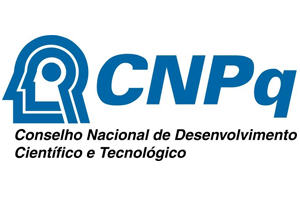Selma Merza Hasan
Department of Pedodontics, Orthodontics and Preventive Dentistry, College of Dentistry, University of Kufa, College of Dentistry, Ahl Al Bayt University, Iraq
Zahraa Mohammed Al-Fadhily
Department of Pedodontics, Orthodontics and Preventive Dentistry, College of Dentistry University of Kufa, Najaf, Iraq
Aiser Kareem Thamir
Department of Pedodontics, Orthodontics and Preventive Dentistry, College of Dentistry, Ahl Al Bayt University, Iraq
Hayder Sahib Kandwh
Department of Medicine, AL-Sajaad General Hospital, Iraq
Heider Hemeed Abbas
Department of Basic Medical Sciences, College of Dentistry, Babylon University, Iraq
ABSTRACT
Background: The release of metallic ions, such as nickel and chromium, from fixed orthodontic appliances may lead to adverse effects, including hypersensitivity in patients. The use of whitening mouthwashes to address discoloration associated with orthodontic treatment can potentially increase the corrosion of metallic components, thereby enhancing ion release. Aim: This study aims to evaluate the release of nickel and chromium ions from two types of orthodontic archwires when exposed to commonly used whitening mouthwashes. Materials and Methods: A total of 200 stainless steel archwires, 200 nickel-titanium archwires, 400 half-set orthodontic brackets, and 800 molar tubes were utilized. The experimental setup included exposure to four whitening mouthwashes: Lacalut, Colgate Optic White, Capitano Activated Vegetable Charcoal, and Signal Expert Protection. Nickel and chromium ion release was measured over varying time periods. Results: The metallic components of fixed orthodontic appliances demonstrated a progressive increase in nickel and chromium ion release across all whitening mouthwash types over time. Significant differences were observed in ion release rates among the mouthwashes, except on the first day, where most brands exhibited non-significant differences. Notably, nickel-titanium archwires released significantly higher ion levels compared to stainless steel archwires. Conclusion: Whitening mouthwashes contribute to increased nickel and chromium ion release from fixed orthodontic devices over time. Nickel-titanium archwires are more susceptible to ion release than stainless steel, underscoring the need for careful consideration of mouthwash type during orthodontic treatment.
Keywords: Whitening Mouthwash, Fixed Appliance, Nickel, Chromium.




